HISTORY IS FICKLE
Since the beginning of history, women of every race and culture contributed an unbelievable amount of knowledge, discovery, and talent in every field resulting in the changing of technology, law, social development, and attitudes. Unfortunately, history is fickle, often immortalizing inconsequential events and minimizing some major events and people to the point where they are left out of history books and school curriculum. Not everyone – man or woman – with noteworthy accomplishments gets credit for those achievements, however remarkable and far-reaching they may be.
The names and accomplishments of many women such as Rosa Parks, Harriet Tubman, Shirley Chisholm, are well recorded in history and certainly deserve the legacies they've earned, it's important to shine a light on some other black women whose names you might not know--but who also helped shape the future of our nation and our culture.
Photo Credit: Wikimedia Commons
Photo Source: ttps://americanart.si.edu/artis
https://en.wikipedia.org/wiki/Edmonia_Lewis
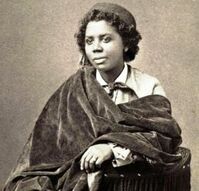
Edmonia Lewis was an American sculptor and the first woman of African-American and Native-American heritage to achieve international fame and recognition in the fine arts world. Her work embodies themes relating black and indigenous peoples in the Americas in Neoclassical-style sculpture.
NOTHING ABOUT EDMONIA LEWIS IS STRAIGHTFORWARD
“Nothing about Edmonia Lewis is straightforward,” writes Marilyn Richardson, the former curator of The Museum of Afro-American History and The African Meeting House on Beacon Hill in Boston, Massachusetts. Richardson has been researching Edmonia Lewis since the 1980s and is responsible for finding and recovering several of the Lewis’ lost works of art. Richards goes on to say that Lewis was a canny self-promoter who tweaked her story for her audience, and perpetuated the image of herself as a mysterious figure, making it nearly impossible for those studying her life after-the-fact, to sort out the real life story.
EARLY LIFE
Edmonia Lewis was reportedly born in 1843, possibly 1844, in Greenbush, New York, and is considered the first woman sculptor of African American and Native American heritage. She achieved international recognition and respect as a sculptor in the fine arts world, and yet many have never heard of her.
Her father was Afro-Haitian, a gentleman’s servant, and her mother, Catherine Mike Lewis of Mississauga Ojibwe and African-American heritage, was a weaver and craftswoman. At nine-years-old Edmonia and her older half-brother, Samuel, had been orphaned and went to live with their father’s two maternal aunts in Niagara Falls. During the four years she lived with them, Edmonia went by her Native-American name, Wildfire. Samuel became a barber and, in 1852, left for the west coast. He made arrangements to leave his sister with a family and provided for her care and education.
In 1856, Edmonia was enrolled at New York Central College, a Baptist abolitionist school in McGrawville, NY, where she met activists who influenced her life and career. At the age of fifteen (1859), she attended Oberlin Academy Preparatory School for the full three year course, before entering Oberlin College (1,000 students), one of the first U.S. institutions of higher-learning to admit women and people of different ethnicities.” She changed her name to Mary Edmonia and began to study art. She later said she and other female students were constantly subjected to race and gender discrimination.
THE ACUSATIONS
For the time she attended Oberlin College, she lived at Reverend Keep’s boarding house with other girls attending the college. In the winter of 1862, before going sleighing with two friends, she served the other girls some spiced wine. Later, they became ill, and the doctor speculated they had poison in their system. The two women recovered and nothing happened, but the news spread around town. While Edmonia was walking home alone, she was attacked, beaten, and left for dead. After that, the authorities arrested her for attempted murder.
Despite the fact that most of the testimony was against her, there was no evidence presented and no traces of poison had been found in the two girls bodies. The jury acquitted her, but the rest of her time at Oberlin was awful. A year later she was accused of stealing art supplies. Again there was no evidence, and she was acquitted, but was not allowed to register for her final courses and was essentially forced out of the school without being allowed to graduate.
With financial assistance from her brother, Edmonia moved to Boston in 1863, where abolitionist William Lloyd Garrison gave her letters of introduction to sculptors in the area. Eventually she met and studied under sculptor Edward Brackett who specialized in marble busts and had many affluent and influential abolitionist clients. She began to acquire a style of her own, inspired by and focusing on themes related to her own heritage.
Apparently things didn’t go well between Lewis and Brackett and, in 1864, she opened her own studio in Boston, where she began sculpting portraits of well-known abolitionist, including John Brown and Colonel Robert Gould Shaw.
Robert Gould Shaw
Photo Source: /sites.psu.edu/unspokenartists/GouldShaw
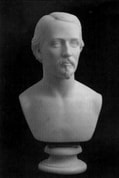
WHEN IN ROME…
In 1866 Mary Edmonia finally settled in Rome, joining a community of American sculptors there who had been drawn to Rome by the availability of fine white marble and the skills of Italian stone carvers, often hired to transfer a sculptor’s design from a plaster model to finished marble. There she decided to work in marble in the neoclassic style, but was unique because she rarely employed Italian carvers and finished her own work.
Rome offered Edmonia more social, spiritual, and artistic freedom than she’d had in the United States. Being a Catholic, her experience in Rome also allowed her to be closer spiritually to her faith. If she had remained in the U.S., she would have been dependent on abolitionist patronage which restricted her style and imagination. Working in Italy allowed her to make her own in the international art world, and follow her own creativity and themes. She began sculpting in marble, within the neoclassical parameters, but focusing on naturalism.
Hiawatha (1868) Minnehaha (1868) Marriage of Hiawatha and Minnehaha
en.wikipedia.org/wiki/Edmonia_Lewis_Hiawatha en.wikipedia.org/wiki/Edmonia_Lewis_Miinnehaha mmfa.org/LewisHiawathaMarriage
Statue of Hypeia 1870 Bust of Henry Wadsworth Longfellow, Rome, 1868–1871
mountauburn.org/statue-of-hygeia Photo source: http://www.antiquesandfineart.com/articles/article.cfm?request=191
According to Wikipedia, “Much of the viewing public was shocked by Lewis's frank portrayal of death, but the statue drew thousands of viewers. Cleopatra was considered a woman of both sensuous beauty and demonic power. Her self-annihilation has been portrayed numerously in art as well as literature and cinema. In The Death of Cleopatra, Edmonia Lewis added an innovative flair by portraying the Egyptian queen in a disheveled and inelegant manner, a departure from the Victorian approach of representing death.”
Death of Cleopatra, marble, 1876, collection of the Smithsonian American Art Museum
Photo Sources: http://vickiemartin.net/the-spirit-of-edmonia-lewis and https://www.pinterest.com/hcrownfi/edmonia-lewis/?lp=true
carved 1872 marble - Photo source: Photo Source: artsandculture.google.com/exhibit/ Photo source: www.pinterest.com/22686889995
artsandculture.google.com/exhibit/ ▼ Smithsonian Collection Forever Free ▼ ▼ Smithsonian Collection ▼ Smithsonian Collection Photo Source: artsandculture.google.com/exhibit/
MYSTERIOUS TO THE END
As neoclassicism began to lose its popularity in the late 1880s, so did the Lewis’ artwork. She continued sculpting in marble, predominantly for Roman Catholic patrons.
By 1901 she had moved to the Hammersmith area of London and the remainder of her life is largely unknown. She never married and had no children, but kept in contact with her brother Samuel. Unfortunately, their letters are lost.
No one, including the art world, made note when she passed away, and for a long time no one really knew what had happened to her until Marilyn Richardson pinned it down doing her research. In September 1907, Edmonia Lewis died as Mary Lewis (about 63), of chronic Bright’s disease, and was buried in St. Mary’s Roman Catholic Cemetery in London.
Grave of Edmonia Lewis after restoration through donations
Photo Source: https://en.wikipedia.org/wiki/Edmonia_Lewis

I suppose that’s because, in spite of everything, she still had to make her work appealing to white European buyers. Lewis told the New York Times in 1878, she found the intense focus on her race frustrating. “I was practically driven to Rome, in order to obtain the opportunities for art culture, and to find a social atmosphere where I was not constantly reminded of my color. The land of liberty had no room for a colored sculptor.” □
Sources:
https://americanart.si.edu/artist/edmonia-lewis-2914
https://www.nytimes.com/2018/07/25/obituaries/overlooked-edmonia-lewis-sculptor.html
https://www.artsy.net/article/artsy-editorial-success-edmonia-lewis-black-sculptor-19th-century-america
https://artsandculture.google.com/exhibit/gQJi3NKm3VagLg
https://www.britannica.com/biography/Edmonia-Lewis
https://en.wikipedia.org/wiki/Edmonia_Lewis
http://listverse.com/2018/09/08/10-incredible-women-forgotten-by-history/
http://www.askart.com/artist/Edmonia_Lewis/19852/Edmonia_Lewis.aspx
https://www.edmonialewis.com/blog.htm
http://www.antiquesandfineart.com/articles/article.cfm?request=191
http://www.artnet.c/artiomsts/edmonia-lewis/minnehaha-WcAu_ZK504QcSEliXoQOYg2
https://mountauburn.org/aaht-hygeia/
http://fineartsouth.com/pages/projects/exhibitionspayoff/24/593
http://www.antiquesandfineart.com/articles/article.cfm?request=191
https://www.edmonialewis.com/blog.htm
http://library.stmarytx.edu/ylr/shipley.htm
https://www.nytimes.com/2018/07/25/obituaries/overlooked-edmonia-lewis-sculptor.htmlhttps://www.artsy.net/article/artsy-editorial-success-edmonia-lewis-black-sculptor-19th-century-america
https://tjsthings.com/2006/02/17/edmonia-lewis/
http://vickiemartin.net/the-spirit-of-edmonia-lewis/
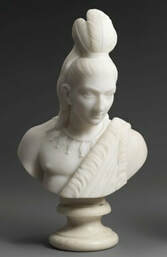
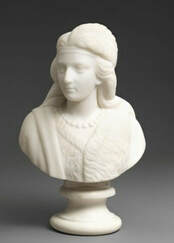
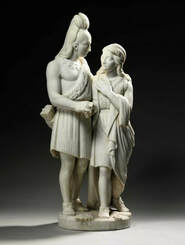
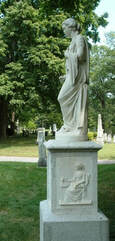

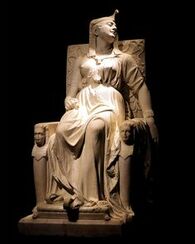
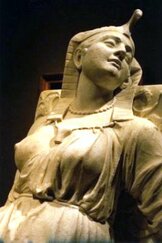
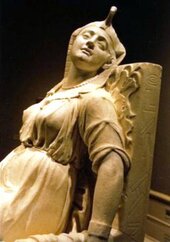
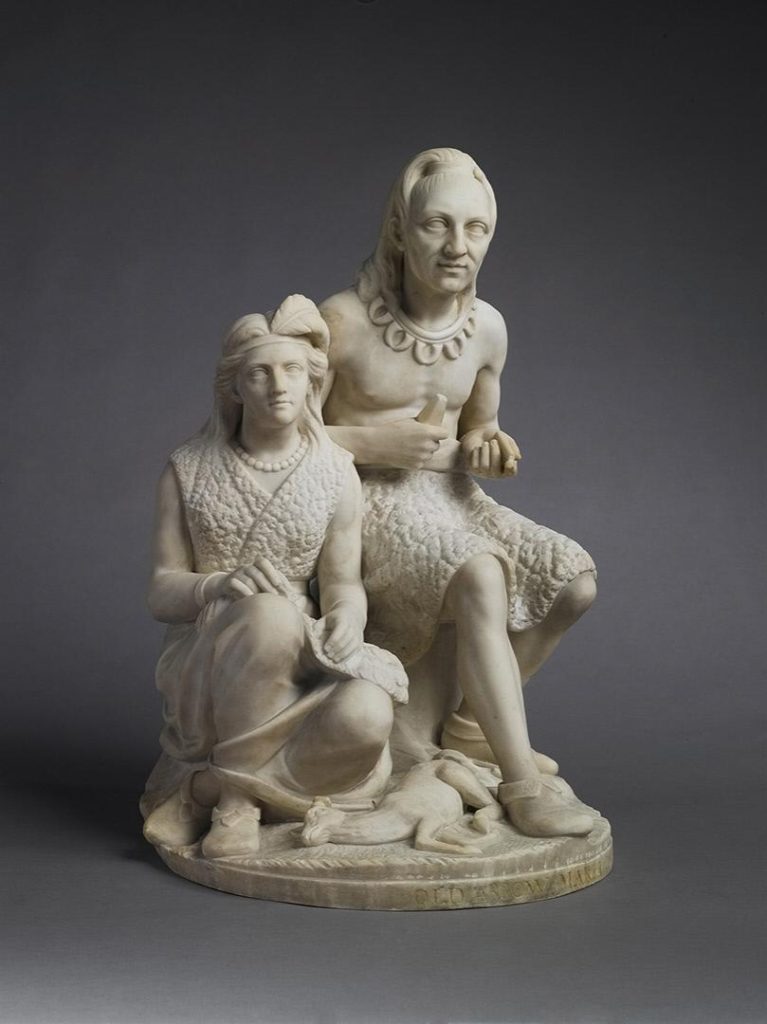
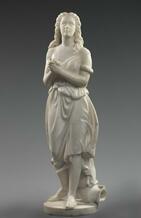
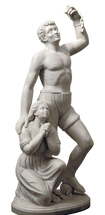
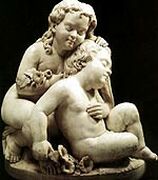
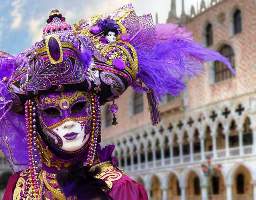
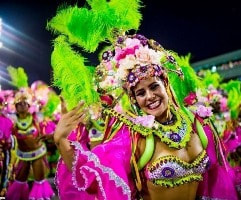
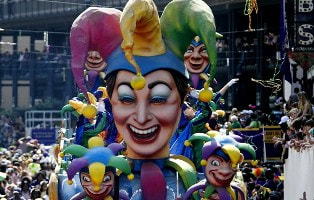
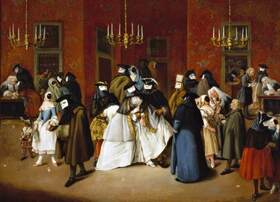
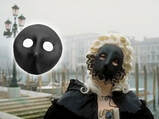
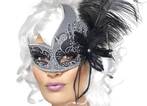
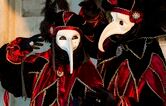
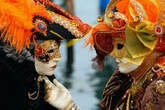
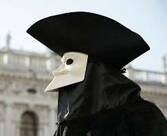
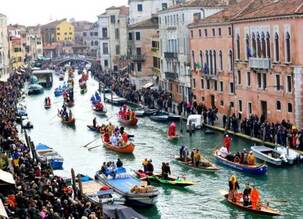
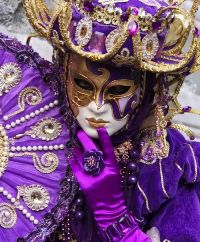
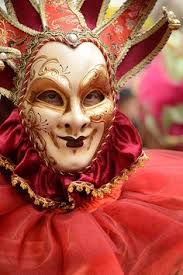
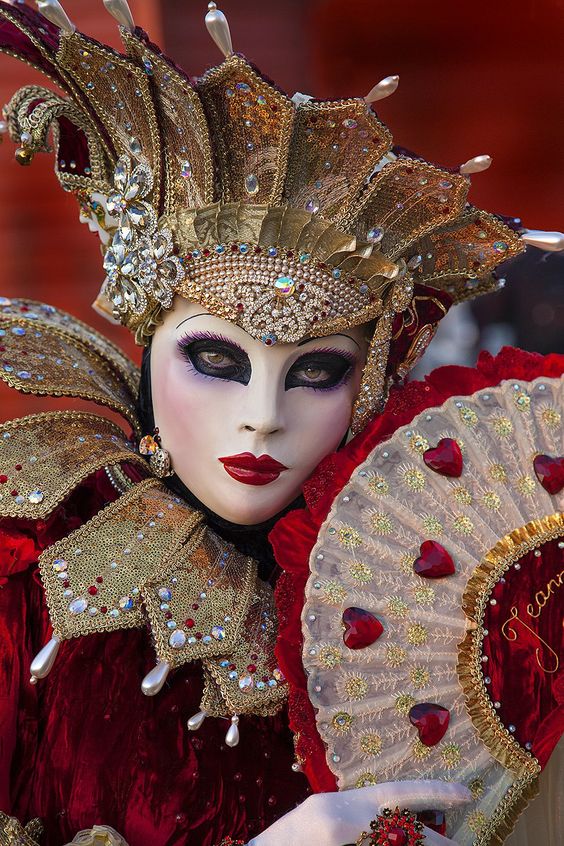
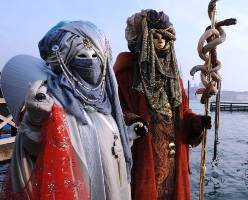
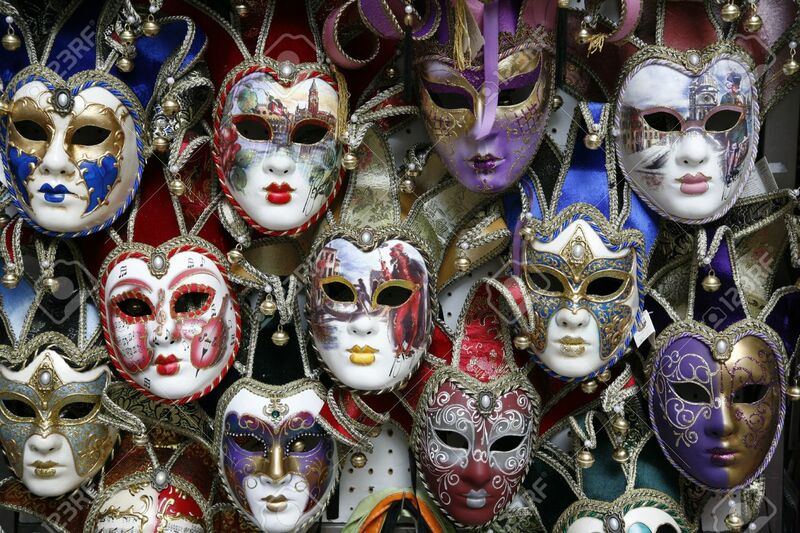
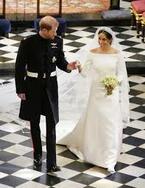

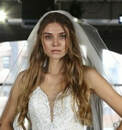
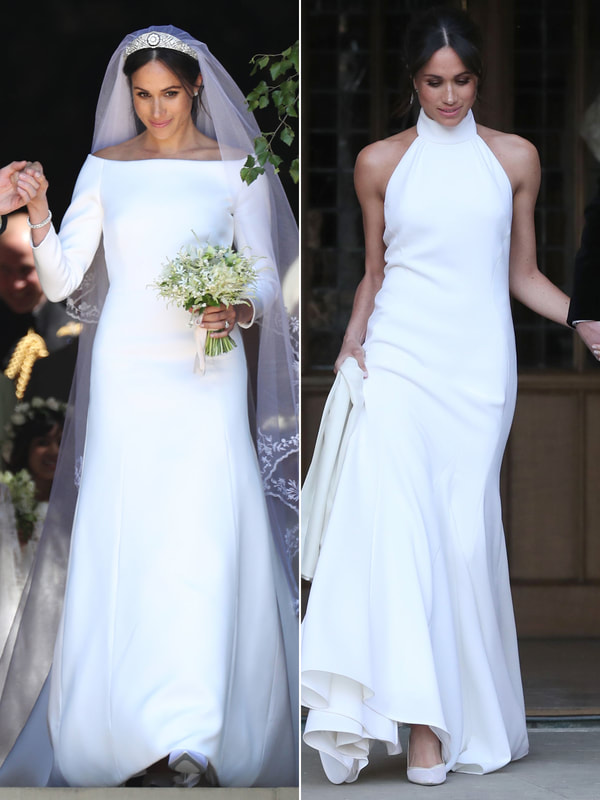
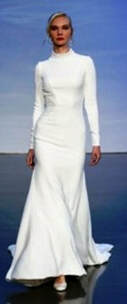
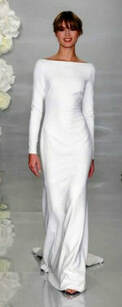
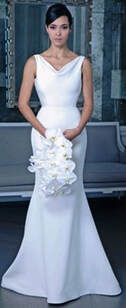
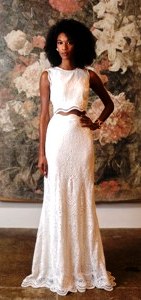
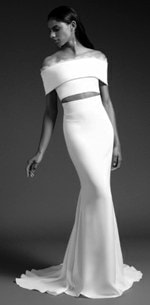
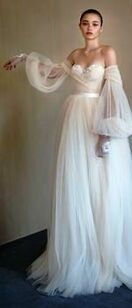

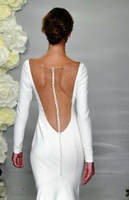
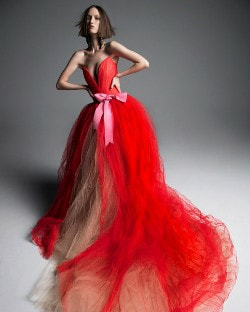
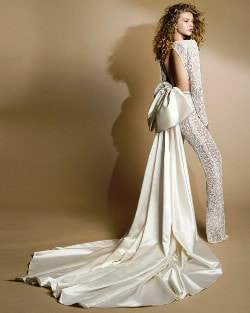
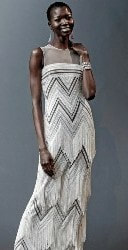



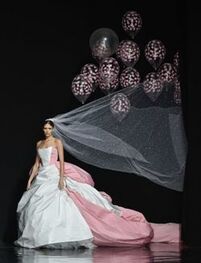
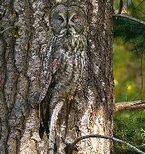

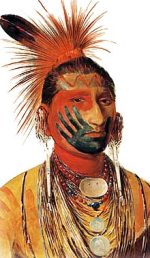
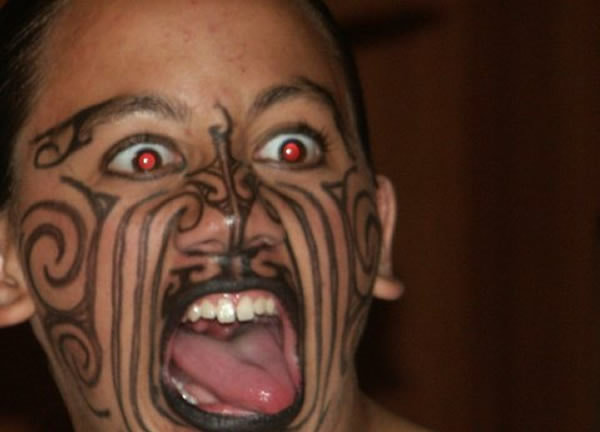
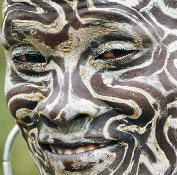
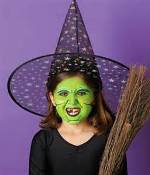


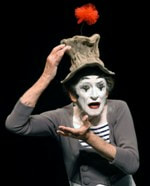

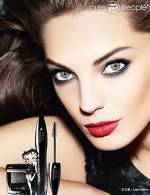
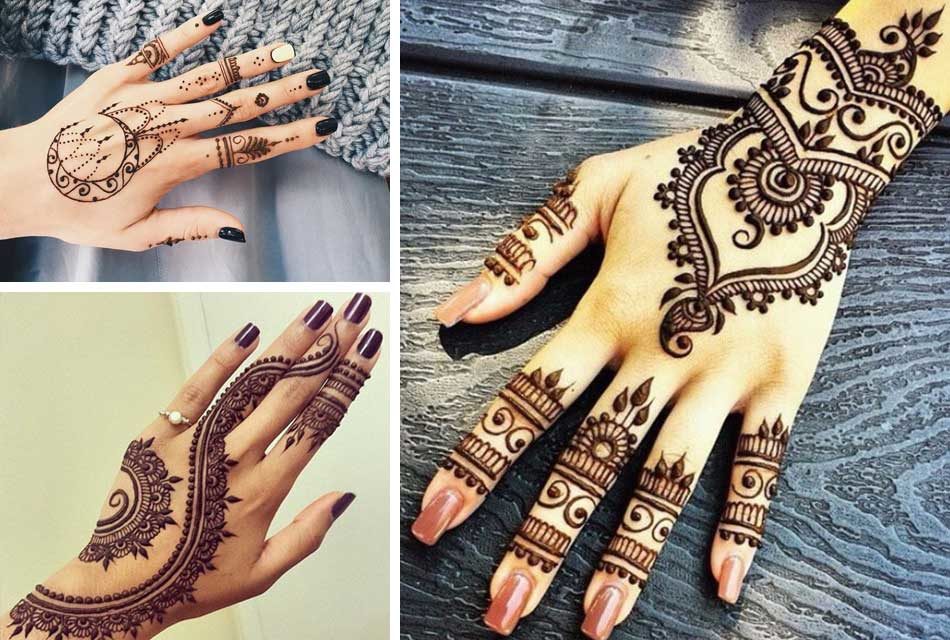

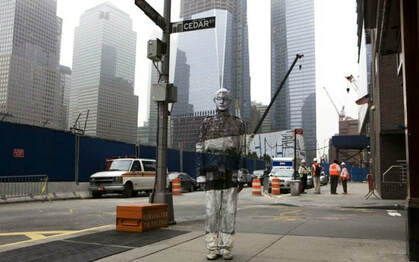
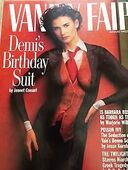
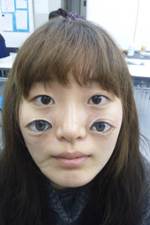
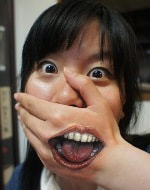
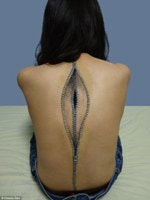
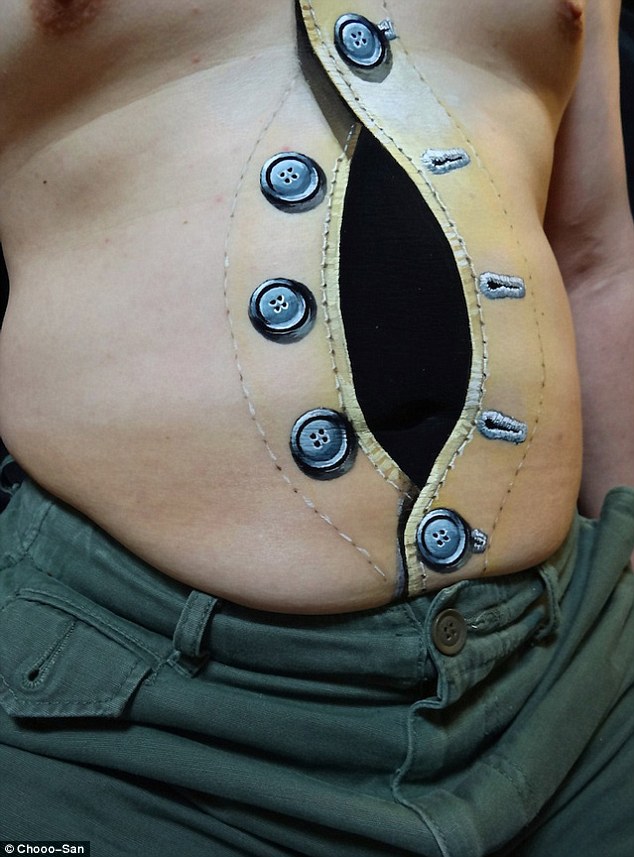
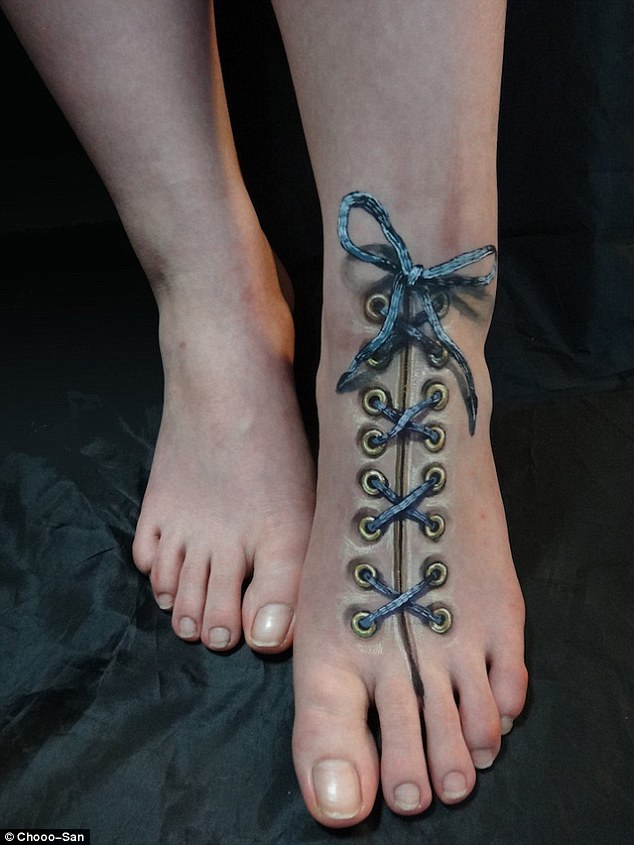
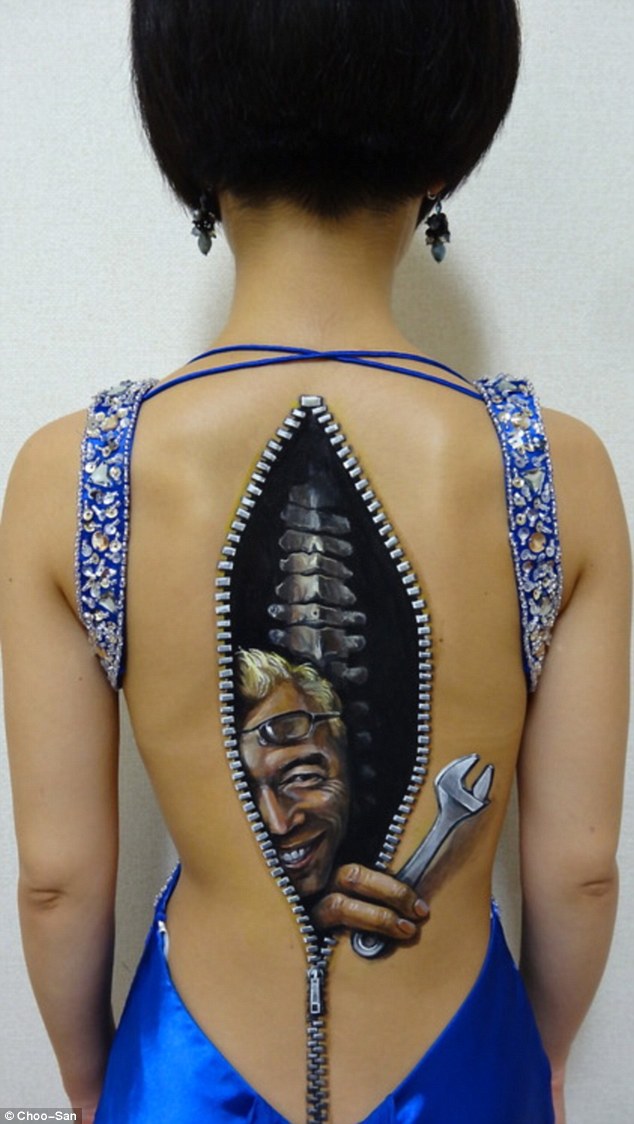
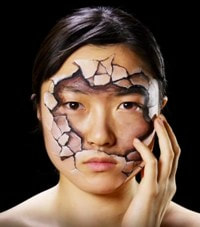
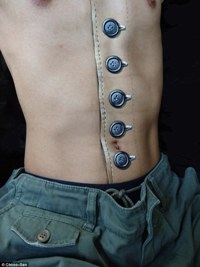
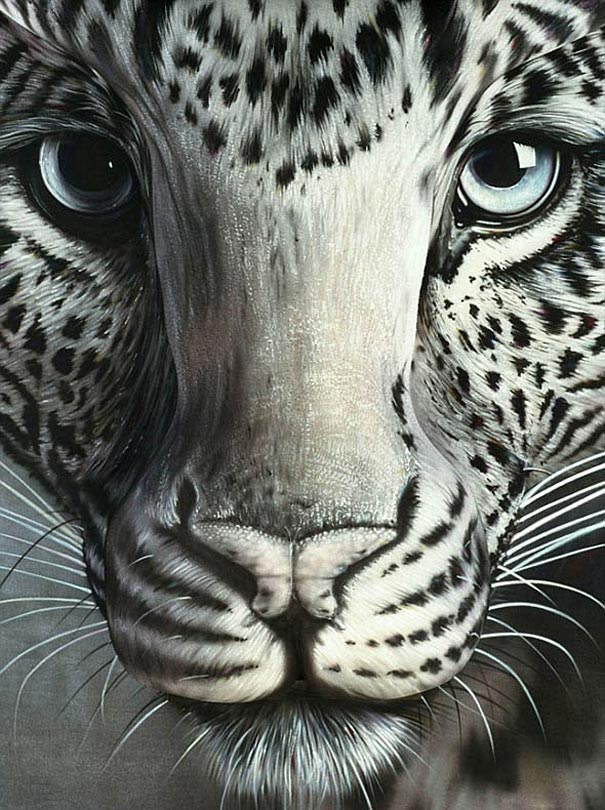
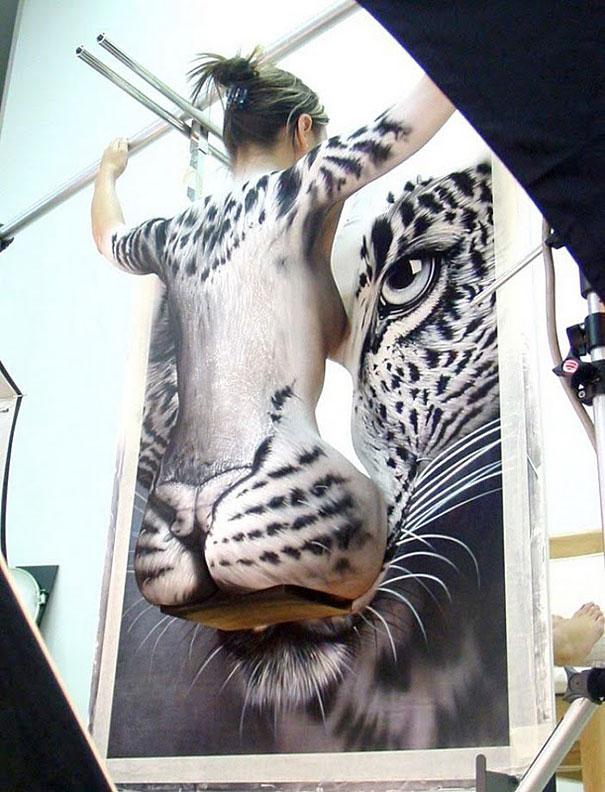

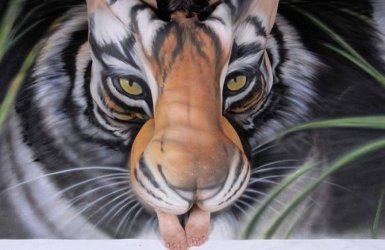
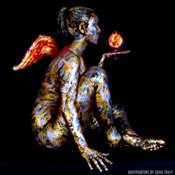
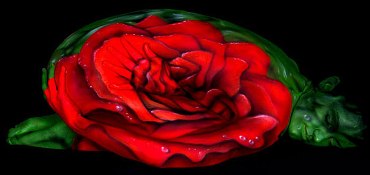
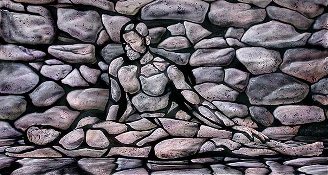

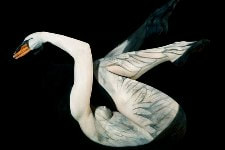

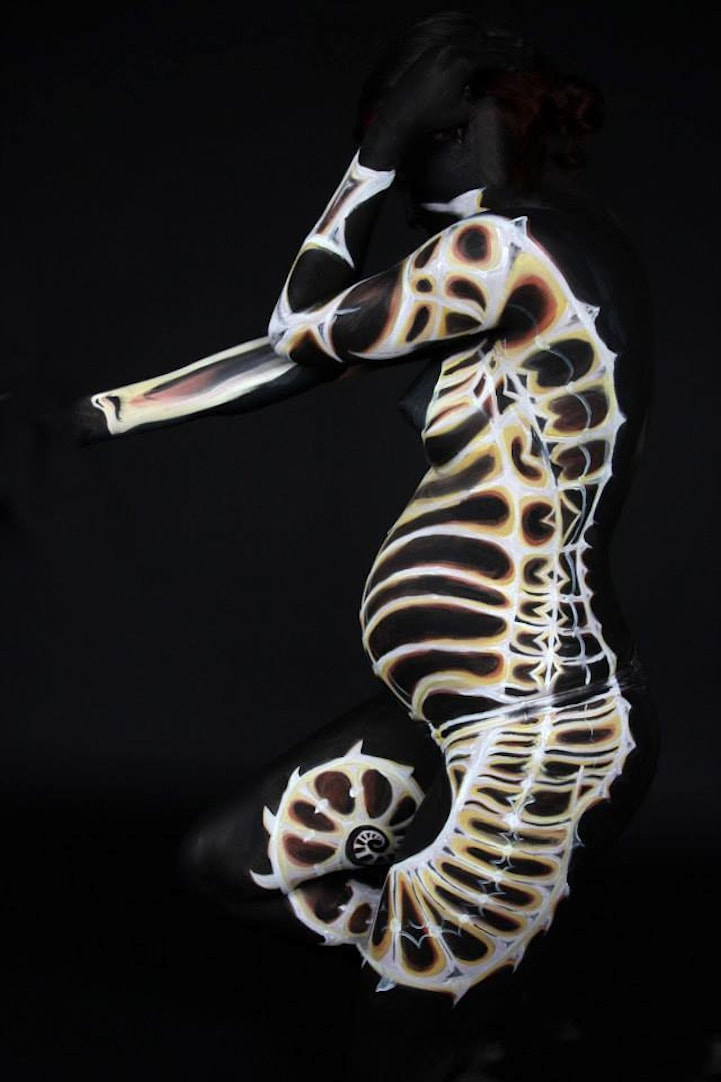
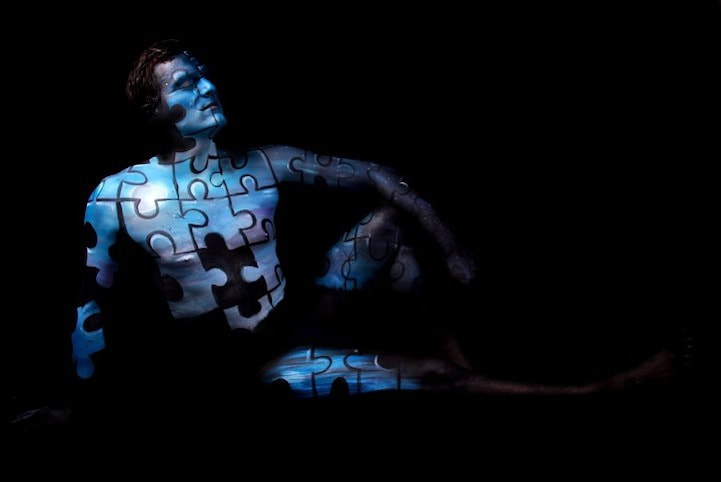
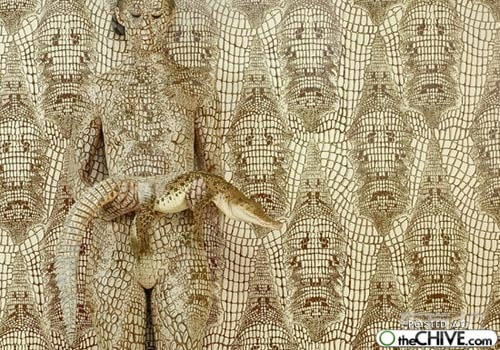
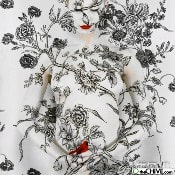
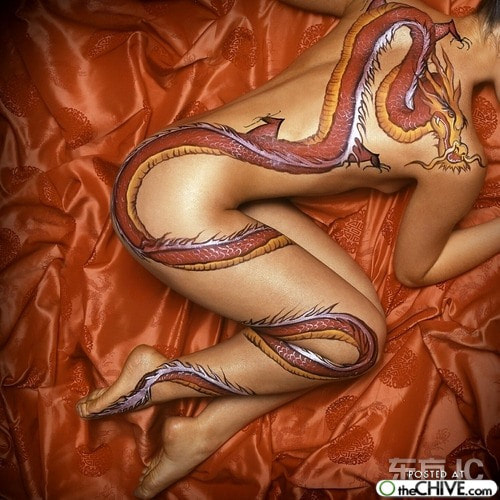
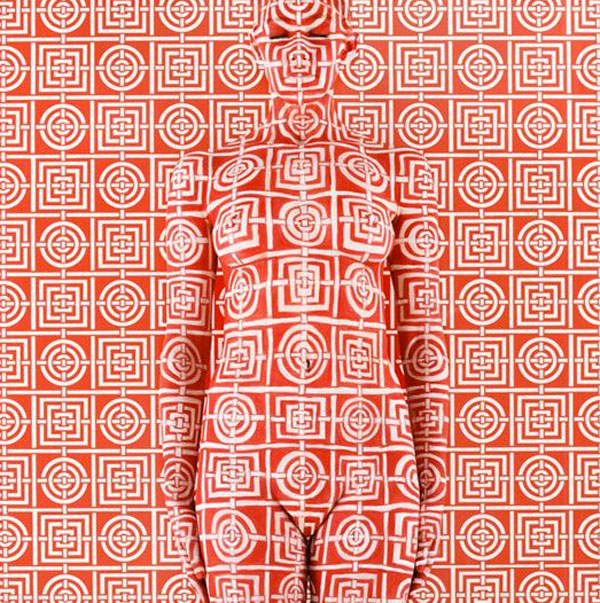
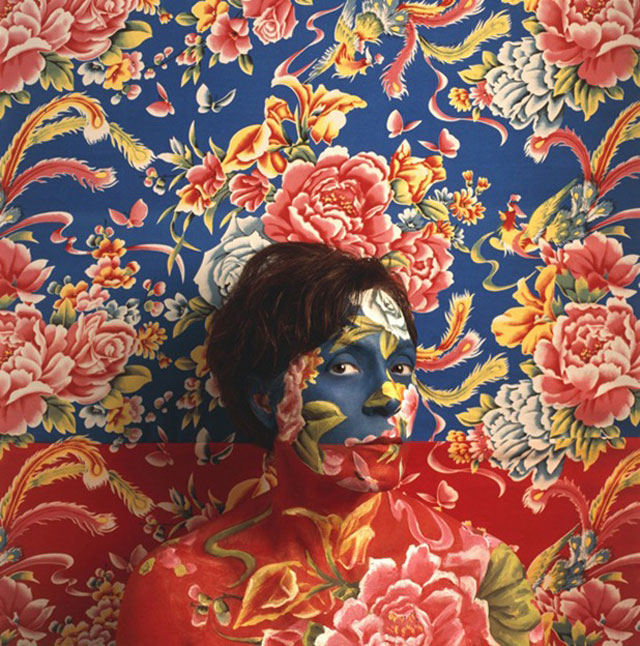

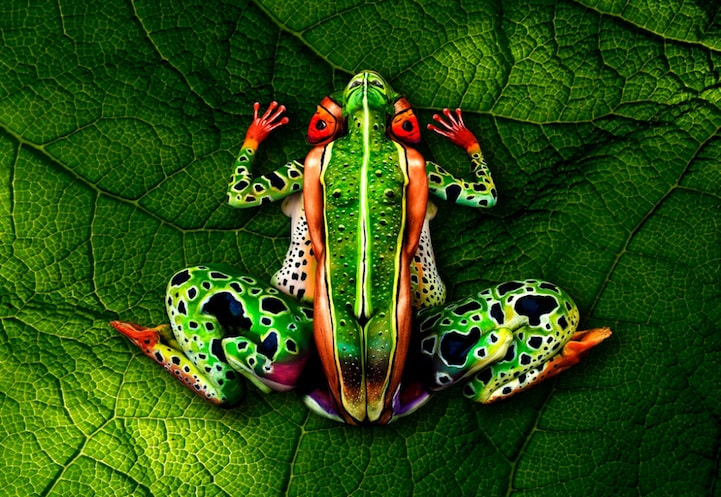
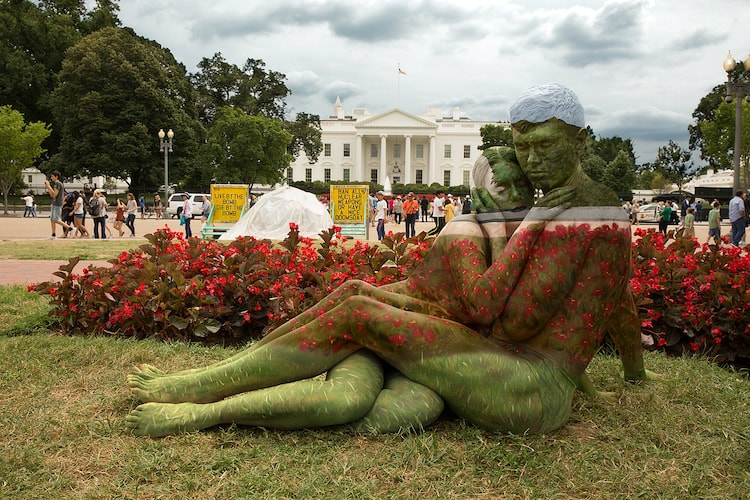
 RSS Feed
RSS Feed